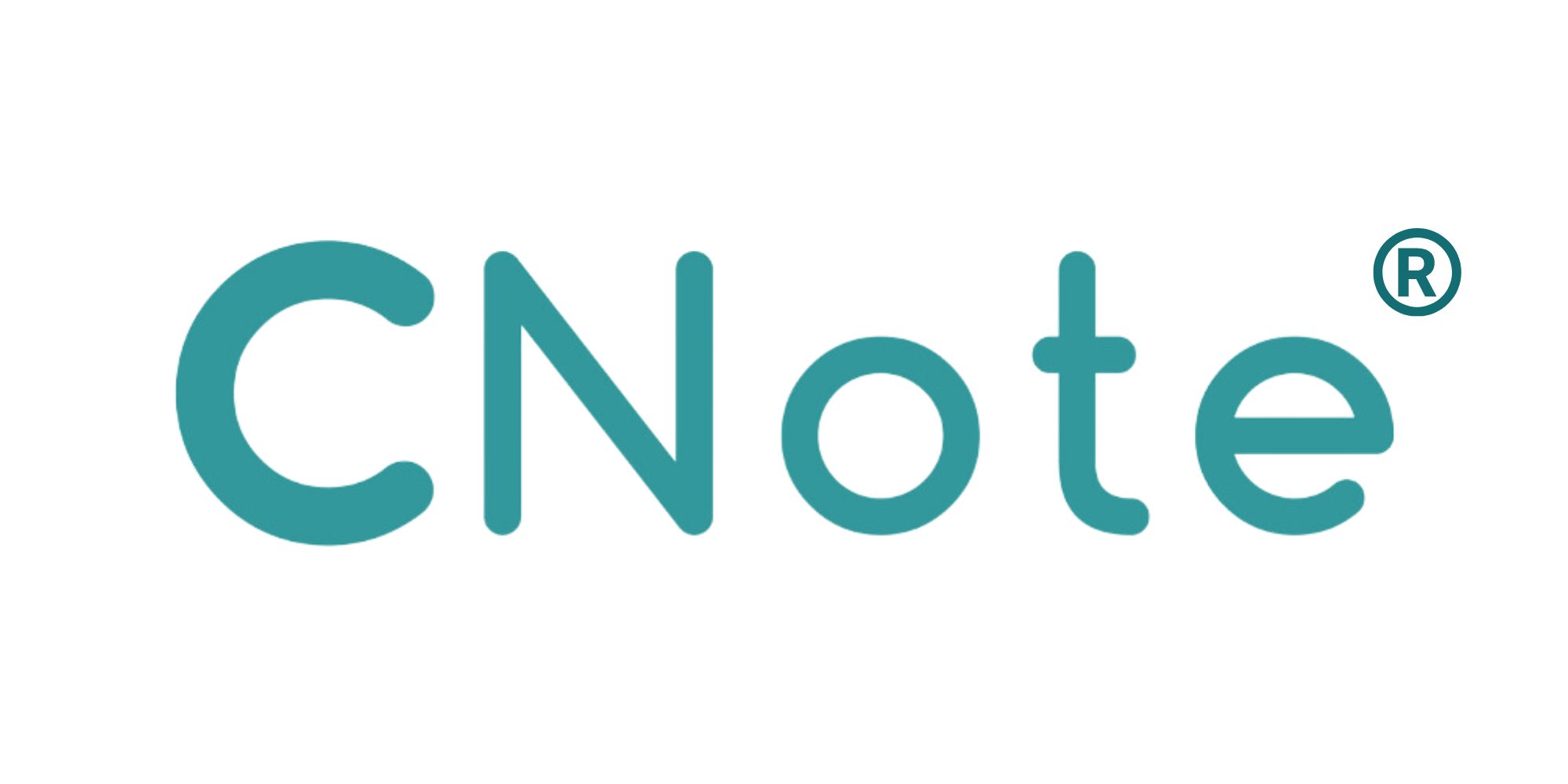By Tamra Thetford, VP of Impact Evaluation
When CNote was founded, our founders could have chosen the easier path by building a simple platform that connects investors with community development financial institutions (CDFIs). Instead, they recognized that truly addressing systematic challenges in how capital flows to underserved communities required something more ambitious: building solutions that strengthen the entire field of community finance.
This field-building approach isn’t just part of our mission. It’s embedded in our business model. Every product we’ve developed, every partnership we’ve forged, and every piece of research we’ve conducted has been designed not just to move capital but to create lasting change in how responsive, flexible capital reaches under-resourced communities.
Redefining How Capital Flows to Communities
CNote’s theory of change centers on a fundamental premise: we increase economic opportunity, financial health, and climate resilience by changing the way responsive, flexible capital flows to under-resourced communities. CNote’s platform isn’t just about moving more money; it’s about creating entirely new systems that align impact investors with mission-driven lenders in ways that were previously impossible.
Through our retail platform, we’ve created an unprecedented opportunity for individuals to directly support CDFIs and invest in diverse entrepreneurs, affordable housing, and strong communities across America. To date, we’ve deployed more than $145 million to 44 CDFI loan funds, democratizing access to community development investing that was once available only to large institutional investors.
But our impact extends beyond individual investors. We’ve built a comprehensive network of mission-driven banks and credit unions, providing responsive products that meet the needs of corporate and foundation treasurers as well as individuals and their advisors. Through this work, we’ve deployed more than $429 million to mission-driven lenders. This capital directly supports the communities these institutions serve.
The key to our approach lies in understanding that different types of capital serve different purposes. Our analysis of CNote’s fixed income portfolio reveals this strategic diversity:
- 38% of our investments focus on diversifying capital sources and lowering access barriers for CDFIs
- 21% provide the specific type of capital that supports very particular lending needs or offers unrestricted funding
- 17% offer capital with flexible terms, including interest-only periods and long maturities, helping CDFIs manage cash flow and expand lending capacity
- 15% provide lower-rate capital, enabling CDFIs to access funding that aligns with their mission-driven lending models
This isn’t accidental. It’s the result of deep engagement with CDFI partners to understand exactly what types of capital constraints limit their ability to serve their communities.
Measuring Success Through Partner Impact
The true test of any field-building effort is whether it creates measurable change for the institutions it aims to support. Our Impact Cash® Program provides compelling evidence of this success. According to an external evaluation conducted by 60 Decibels, 85% of participating institutions indicated that Impact Cash opened new deposit sources for lending to underserved communities, while 92% said it positively affected their ability to unlock social deposits.
These numbers represent more than statistical success. They reflect fundamental changes in how community financial institutions can access and deploy capital. When a CDFI gains access to new deposit sources, it increases its lending capacity. When it can more effectively unlock social deposits, it builds sustainable funding streams that reduce dependence on grant funding or more expensive capital sources.
Building Understanding on Both Sides
Our long-term vision recognizes that efficient capital allocation to underserved communities requires building understanding and capacity on both sides of the equation among investors and among mission-driven lenders.
Educating Impact Investors
For investors, we provide ongoing education about the challenges underserved communities face and the responsive products and services that mission-driven lenders bring to bear on these challenges. This education is grounded in data and stories that document both the obstacles communities face and the accomplishments they achieve when supported by mission-driven lenders.
We also work actively to address misconceptions about the community banking sector. Through our white paper “From Myths To Opportunities: Uncovering Value in the Community Banking Sector,” we provide data-driven insights that challenge common assumptions about risk, return, and impact in community finance.
The paper reveals that community banks and credit unions, which together represent 95% of all regulated financial institutions in the U.S., actually exhibit lower and more stable credit risk than their larger counterparts.
- Community banks historically exhibit lower net charge-off rates (0.37%) compared to larger banks (0.89%)
- During the Great Financial Crisis, community banks’ charge-off rates peaked at 1.36% compared to 2.89% for larger banks
- Community banks maintain higher core capital ratios (10.84%) compared to non-community banks (9.11%)
- Community banks provide competitive deposit rates while offering borrowers lower average loan rates
These institutions also play a disproportionately important role in serving underserved communities. Between 2018 and 2023, community banks grew their branch count by 1.5% while non-community banks closed branches at a rate of 17.5%. In rural areas, community banks represent over 71% of all bank branches and hold nearly two-thirds of all deposits. These institutions also provide competitive deposit rates while offering borrowers lower average interest rates, creating a unique value proposition that many investors overlook.
Strengthening Mission-Driven Lenders
Supporting individual mission-driven lenders to build their capacity for more effective service delivery is equally important. Our Human-Centered Design study identifying barriers faced by diverse entrepreneurs exemplifies this approach. Rather than simply documenting challenges, we worked with a collaborative of CDFIs to evolve their lending practices based on these research findings.
The results speak to the power of targeted capacity building. In an initial survey, CDFI Loan Funds indicated that 78% were already offering at least one of the critical products or features our research identified as supportive of diverse entrepreneurs. A year later, 100% of members had added additional products, features, or services:
- 77% adjusted product features by raising loan limits, lowering interest rates, or reducing collateral requirements
- 69% added new products such as lines of credit, credit building loans, or real estate acquisition financing
- 46% adjusted processes by shortening loan applications or making document requirements more transparent
- 46% added business development services, including leadership development, financial management services, and mergers and acquisitions assistance
This transformation didn’t happen by accident. It resulted from sustained engagement, peer learning opportunities, and targeted support that enabled these institutions to better serve their target populations.
Advancing Impact Measurement Across the Field
One of the most significant barriers to effective community development finance is the lack of consistent, meaningful impact measurement. Many CDFIs struggle with limited resources for data collection and analysis, making it difficult to demonstrate their impact to potential funders or to improve their own program effectiveness.
Our work with Impact Cash participating institutions demonstrates how field-building efforts can address this challenge systematically. Through our program, we’ve increased impact measurement capacity across participating institutions:
- 77% reported improved impact reporting capabilities
- At initial onboarding, only 20% of participants could report on outcome metrics such as first-time homebuyers created or jobs supported >>
- During 2024 annual impact reporting, 54% of participants reported at least one outcome metric
This improvement didn’t result from simply asking institutions to report more data. Instead, we provided training, technical assistance, and systems support that made meaningful impact measurement feasible for institutions with limited resources.
Research That Drives Systemic Change
Our commitment to field-building extends to conducting research that can benefit the entire community development finance sector. Our partnership with Impact Frontiers in an Investor Contribution Pilot exemplifies this approach.
The pilot brought together several of our community financial institution partners—including CDFI banks, credit unions, and loan funds—to explore the less familiar concept of investor contribution and test tools for assessing this contribution as part of lending decisions. The pilot’s impact extended beyond participating institutions. Impact Frontiers incorporated feedback and recommendations into an Investor Contribution Toolkit that will be available to the broader field, multiplying the impact of our collaborative work.
Our research collaborations extend beyond impact measurement to explore critical gaps in the CDFI field. We’re currently working with the Deloitte Health Institute on a study examining strategies to support and scale social entrepreneurs, with particular focus on organizations that work directly or indirectly on social determinants of health issues. This research will explore how CDFIs and capital providers can better serve these mission-driven organizations through focused products, programs, and services.
Both studies demonstrate our commitment to conducting research that addresses sector-wide challenges rather than focusing solely on our own operations. The insights generated will be shared broadly to benefit the entire community development finance field.
Looking Forward: Scaling Field-Building Impact
Our field-building work continues to evolve as we identify new opportunities to strengthen community finance. Current priorities include expanding impact measurement capabilities, addressing emerging needs like climate resilience financing, and supporting the development of new financial products that better serve underserved communities.
This field-building approach requires patience and long-term thinking. The changes we’re working to create, in investor understanding, in CDFI capacity, in impact measurement practices, in regulatory approaches, take years to fully manifest. But the cumulative impact of these changes far exceeds what any single organization could achieve working in isolation.
This vision requires continued collaboration, sustained investment in field-building activities, and recognition that the most significant challenges facing underserved communities require systematic solutions. By embedding field-building into our core business model, CNote demonstrates that these solutions are not only possible but profitable, creating a model that others can adapt and scale.
The importance of this work extends far beyond any single organization. While the largest banks may be considered “too big to fail,” the community banking sector, representing the vast majority of financial institutions serving local communities across America, is truly “too big to ignore.” By strengthening this sector through targeted field-building efforts, we help ensure that responsive, flexible capital continues to flow to the communities that need it most, creating lasting change that benefits millions of Americans seeking economic opportunity and financial inclusion.


